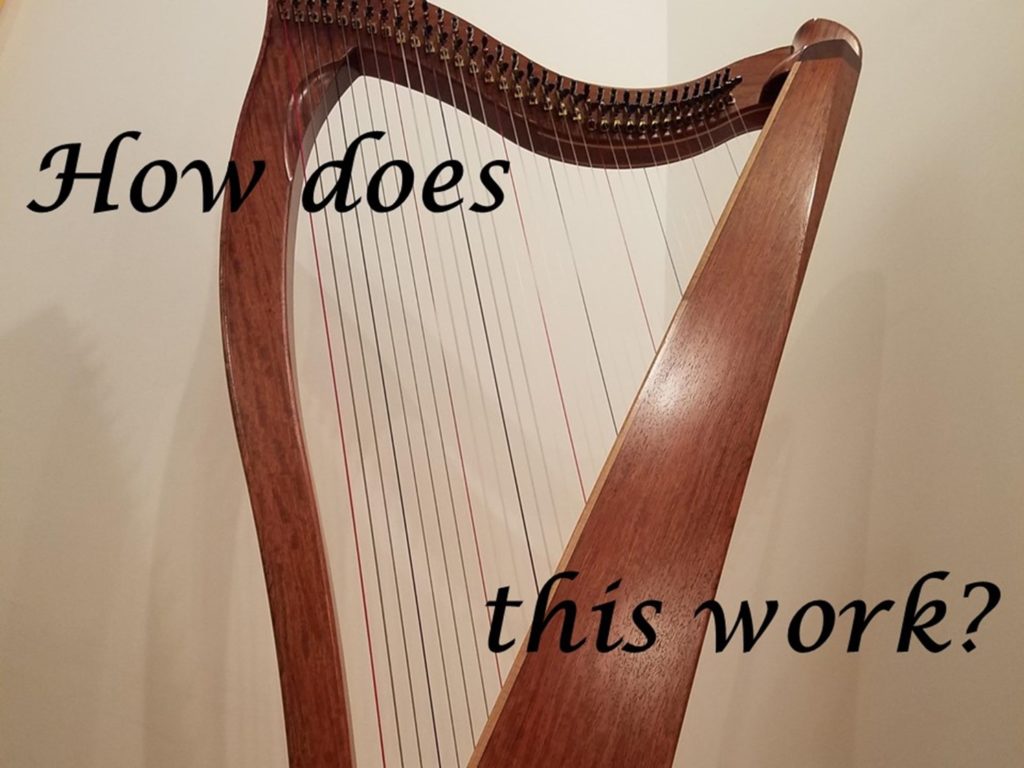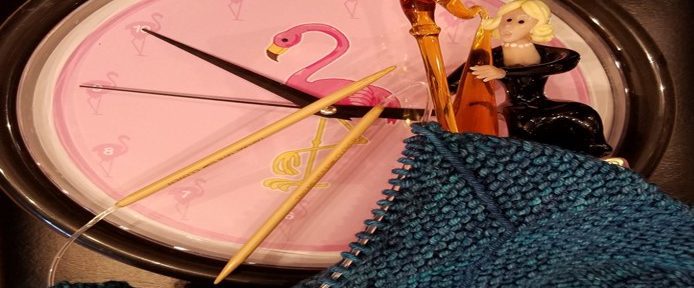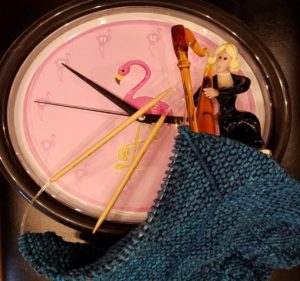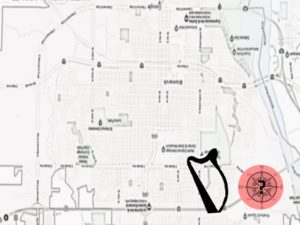Scotland was recently voted Most Beautiful Country in the World! So jump on the opportunity to see it this year. When you add in the wonder of having a harp and learning tunes that fit in with the highlights of your visit – you know you have a trip that’s the total package!
Join me and our tour guide David for the 2018 Harp the Highlands and Islands Tour 9 – 16 June. David has crafted a journey that encompasses a magnificent route through to the west coast of Scotland, the source of so many wonderful tunes. We’ll see beautiful scenery and you will experience the majestic beauty of the Isle of Skye, the Western Highlands, the Spey valley and more! This is no huge crowd on a giant tour bus chunterring down highways while you only see concrete and billboards! Our visit is designed for people who want to see the country – and it’s for harp players at all levels.
This is no huge crowd on a giant tour bus chunterring down highways while you only see concrete and billboards! Our visit is designed for people who want to see the country – and it’s for harp players at all levels.
We’ll collect everyone in Edinburgh and then we’ll be off for a week of Dinner, Bed and Breakfast accommodation. We’ll meander towards the Western Highlands and the west coast. You’ll enjoy the unspoiled beauty of the Falls of Dochart and the haunting splendor of Glencoe, the Great Glen and the Caledonian Canal. We’ll cross ‘over the sea to Skye’ for two nights, then spend the rest of our time seeing corners of the Highlands you didn’t even know were there. On our final evening, David and his wife Heather will welcome you to their own home where you will be treated to authentic Scottish cuisine and hospitality. Our last day, we will speed you back to Edinburgh to complete your visit.
Each day you will enjoy a harp event – learn a tune, add to your harp lore, or learning songs – all while experiencing the history of the music. We will play together in the midst of incredible scenery. The tunes taught will be related to our visit – the places, the history, and the incredible Scots people we will meet. To ease your travels, a lovely small harp will be awaiting you, ensuring that everyone can travel with a light heart, while your own harp stays home – not being treated roughly by airline baggage handlers. Invite another harp player or bring a harp loving companion (listeners are welcome too!). Play a different traditional instrument? We’d be delighted if you’d join us in learning and sharing music!
We have honed our trip to assure that every day is full of amazing! Even the weather, which can be moody, only improves our visit. This intimate tour will consist of only five travelers. This very small group size allows flexibility so that each day David can show you the very best Scotland has to offer while also including those special things that can’t be planned. Jen will flex the tunes to match our travels, experiences, and mood.
There are only two seats remaining. For details, look here. Double or twin en-suite or private bathroom $3499 per person or if you prefer a room to yourself, single supplement is $350 (all prices US dollars (USD)). If you’d like to come along, please complete and return this information form with your $1000 deposit before someone else snaps up those seats.
Feel free to ask questions – I want to hear from you!




